In this post, we explain in detail what an Employer of Record is and what to expect from such a service provider. Firstly, however, it’s important to understand what employment itself means.

If you have been tasked with finding a way to employ your distributed employees, you probably have already come across the Employer of Record model.
Many offerings make a very similar proposition — “use [insert provider name] to employ and pay your distributed workers without worrying about compliance”. How are you to choose the right one?
I was once tasked with finding a way to employ and pay an overseas team. I chose a service provider that was recommended to me. I brought in assumptions of what they would do for me and hoped that I wouldn’t need to worry about handling compliance myself. I found out that the above promise is not so easy to keep and that, often, we each had wrong expectations of one another. If you are head of finance or are in any other operational or HR role, tasked with figuring out how to have compliant distributed employment in your company, my experience will be valuable to you.
Years before I joined Boundless, I had been the head of finance for a UK-based company. At some point, we made the strategic decision to start a San Francisco team. We incorporated in Delaware (as most incomers to the US do) but quickly realised the need for local support with running payroll and paying taxes in California.
While researching a potential solution, I discovered the Professional Employer Organisation (PEO) concept, which had existed in the US since the 1960s due to local state taxation. PEOs operate a model called Employer of Record, which allows them to be the legal employer locally. Someone recommended one PEO company that could also help with HR and benefits implementation. So it was even better for me, since I didn't have to worry about the employment side of things. Or so I thought.
Late one night, a San Francisco team member (let’s call her “Jane”) called me in a state of panic. Eight and a half months pregnant, Jane was due for a doctor appointment but was being denied that because her medical insurance had bounced. (In the US, it’s standard for employers to cover their employees’ health insurance. And we were paying the PEO to do that on our behalf.) So I spent the next few hours trying to do a wire transfer and thus convince the clinic administrator to accept it as proof of payment and let Jane be seen.
It turned out that the PEO had missed making the payment and, crucially, hadn’t even realised it. How could that have happened? For starters, it would seem they had no established structure of protocols and procedures to avoid making such mistakes on behalf of customers even existed. But secondly, a sense of responsibility for Jane and the rest of the team, with their best interests in mind, was missing, which no process or policy could fix. Yes, they were helping me employ my workers compliantly and not get in trouble. Still, they had very little concern over the workers’ experience.
While Jane was eventually seen by the doctor that day, for her, the experience cast a shadow of a doubt over our company’s ability to take care of her. In her experience, it didn't matter who messed up — the PEO provider or us. Jane still experienced unnecessary stress.
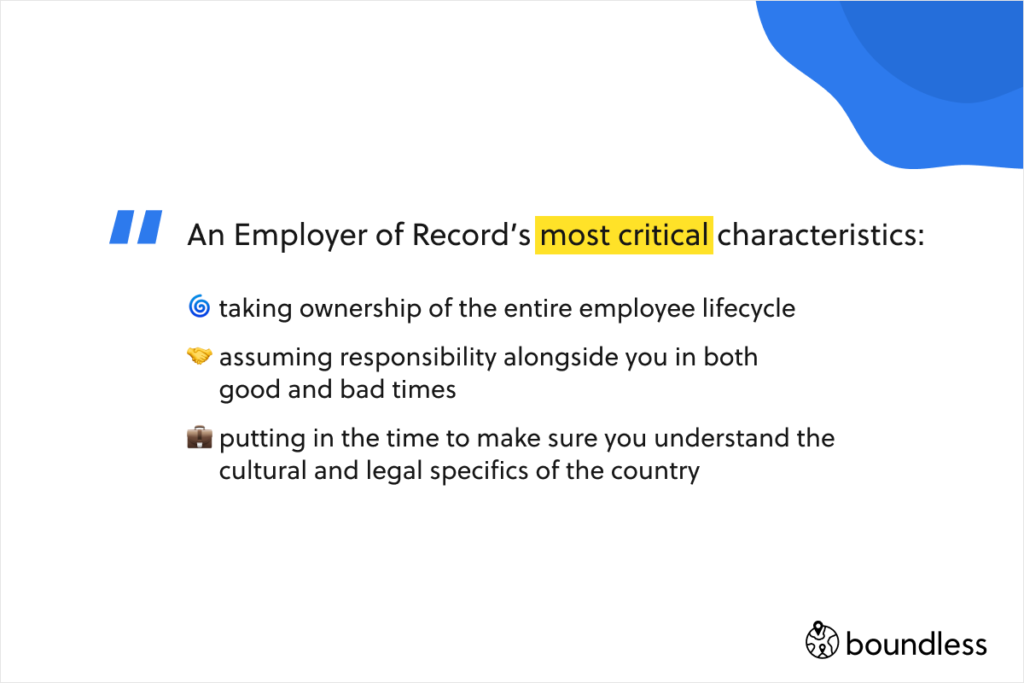
Upon giving birth, Jane was extended the standard maternity leave and pay we had in the company. We had first established the policy in the UK. Once we added our US workers, we harmonised it for them as well. Even for UK standards, we were pretty generous with our offering — topping the statutory maternity benefit with extra six months of leave and pay.
We had clearly outlined the maternity leave length in the company handbook and had shared that information with Jane. Yet, to our surprise, a few weeks after giving birth, she showed up to work. I got in touch with Jane to reiterate the policy and told her she didn’t need to be at work for a while. I also asked her why she decided not to take the full leave that she was entitled to.
Jane told me she had little confidence in the policy and feared for her future with the company. In the US context, paid maternity leave is unheard of, especially to such an extent, and she simply didn’t have the cultural context to believe it. The fact that we had put it in a handbook didn’t address her doubts. However, having a long conversation with me did, and she ended up taking a full year of maternity leave. (To this day, the US is the only OECD country without a national statutory paid maternity, paternity or parental leave.)
Jane never told me explicitly that the hospital incident had affected her lack of trust. But I will always believe it played its part. I also felt blindsided by an obvious, in retrospect, cultural difference that I should have been prepared for. While I would not want to blame the PEO entirely, I feel like there should have been some form of cultural translation for me as a foreign customer. When I outlined our existing maternity policy, they could have helped me to understand how that may be received by US employees. This was one example of making an assumption of what the PEO could do for me as a customer. (While at Boundless we do not currently formally support the definition of customers’ global benefits strategy, we are always happy to give advice to the best of our ability.)
There were other times when I overestimated what I could receive from them as advice. One such instant was the appropriate accounting treatment of the additional maternity leave pay in our financial accounts. Since accounting for it in the UK is relatively straightforward, I thought that it would be similar in the US. Or expected to be told in advance if that wasn’t the case. Months later, I found out that I needed to do a separate tax filing for the maternity pay my worker was receiving.
This development created a lot of extra work for me and I once again felt blindsighted. In retrospect, I should have proactively asked whether accounting would be the same. However, it’s not the PEO that would have been able to answer that. While their responsibility was to file and pay all employee taxes and benefits (my worker’s health insurance, for example), they would not be able to advise me on how I account for that (such advice requires a specific license). Knowing where a PEO’s responsibility ends is key to establishing a good working relationship for both sides.
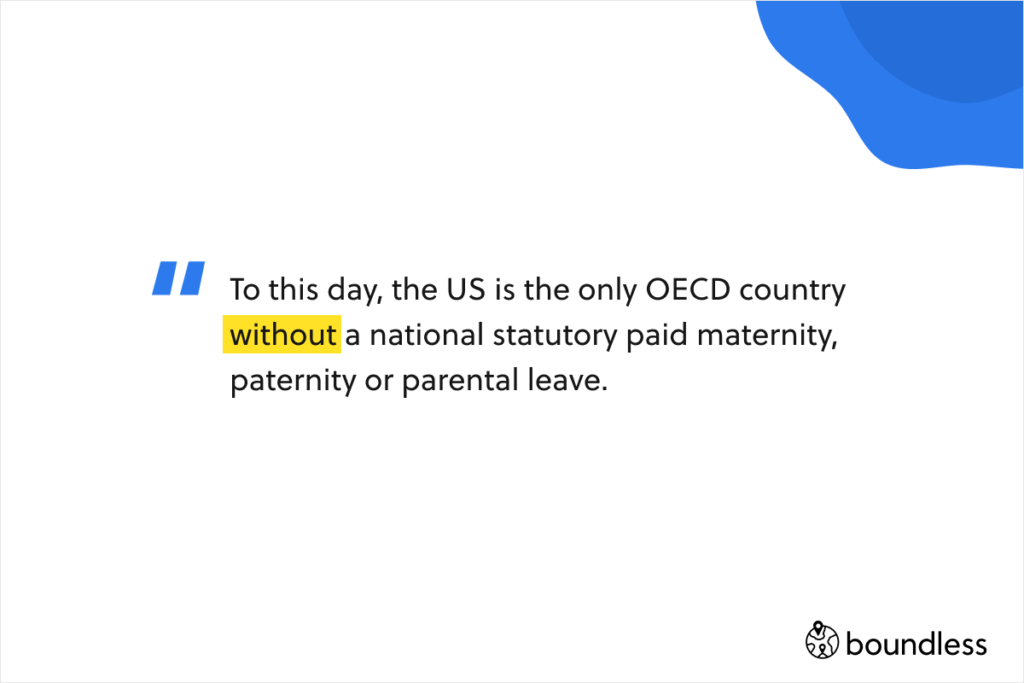
I wasn’t the only one who made assumptions, however. As the person in charge of finance, my main job is taking care of cash flow and making sure the company has as much runway as possible with its money. Hence, I must have correct cost numbers for absolutely everything to make accurate projections and budgets; otherwise, my calculations are meaningless. This is very important when budgeting costs for the year and absolutely essential when preparing the year-end accounts.
The year we started working with the San Francisco team, I made projections inputting expected salary costs for future hires. But while I was preparing the year-end accounts, I couldn’t match the forecast and the actual spending once we had hired them. As I dug into where I might be off, I discovered I had not included a San Francisco city tax in the projected payroll numbers for over 11 months. It meant that the cost projections were way off, and therefore the year-end calculations were mismatched. I had to produce a full update to our profit-and-loss and cash-flow forecasts.
When I asked the PEO why they hadn’t told me, they said they had assumed I would see it on the payslips. UK employees do not pay a city tax, so it had never occurred to me to imagine such a thing could exist, let alone to look for it on a payslip when I did my projections. While, in theory, they had kept us compliant by processing this city tax from payroll, they had never thought about how it might affect me and my work. As I look at it now, that is the difference between keeping us compliant and keeping us compliant and also having our best interest in mind. It’s why at Boundless we are launching a full payroll breakdown on the platform very soon.
This all happened years ago, and I have had time to reflect on the experience. That’s especially important now, as I am on the other side, building a next generation global PEO. For us, the characteristics of such great PEO are:
How do you make sure that the PEO you choose carries those characteristics? For starters, do your homework much better than I did. You can begin by asking these 11 questions (with clues on what to look for in the answers.)
At Boundless, we understand how complicated a new territory can be and have spent a lot of time creating a centralised knowledge hub and embedding that into everything we do and every touch point you have with us. We incorporate it in the content we write on this blog and the country guides we constantly update. The Boundless platform then translates the nuances of local market legislation into a common language that everyone can follow, making the implications of each relocation or hire clear from the outset. That includes clearly defining what falls under our duty and what are your employer obligations so no assumptions can get in the way. We are always available if you want to have a chat about a certain element of the employment process.
Learn more about the way we can help you employ your next worker in minutes, and rest assured they will never call you at 1 a.m. in a state of panic.

In this post, we explain in detail what an Employer of Record is and what to expect from such a service provider. Firstly, however, it’s important to understand what employment itself means.
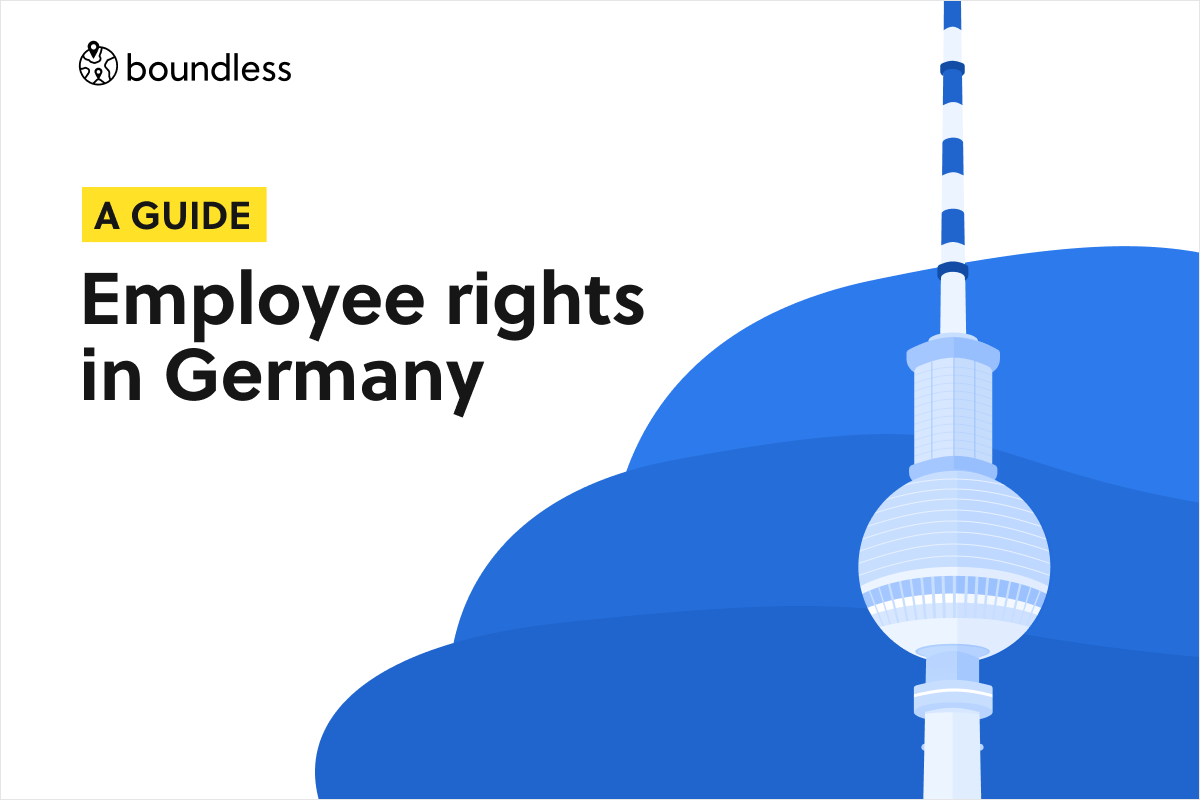
Compliant employment comes with a lot of obligations you have to be on top of. When you are doing that in a foreign country, everything will be brand new and you will have a lot of learning to do. Here is a guide to employee rights in Germany to help you understand what you need to comply with.
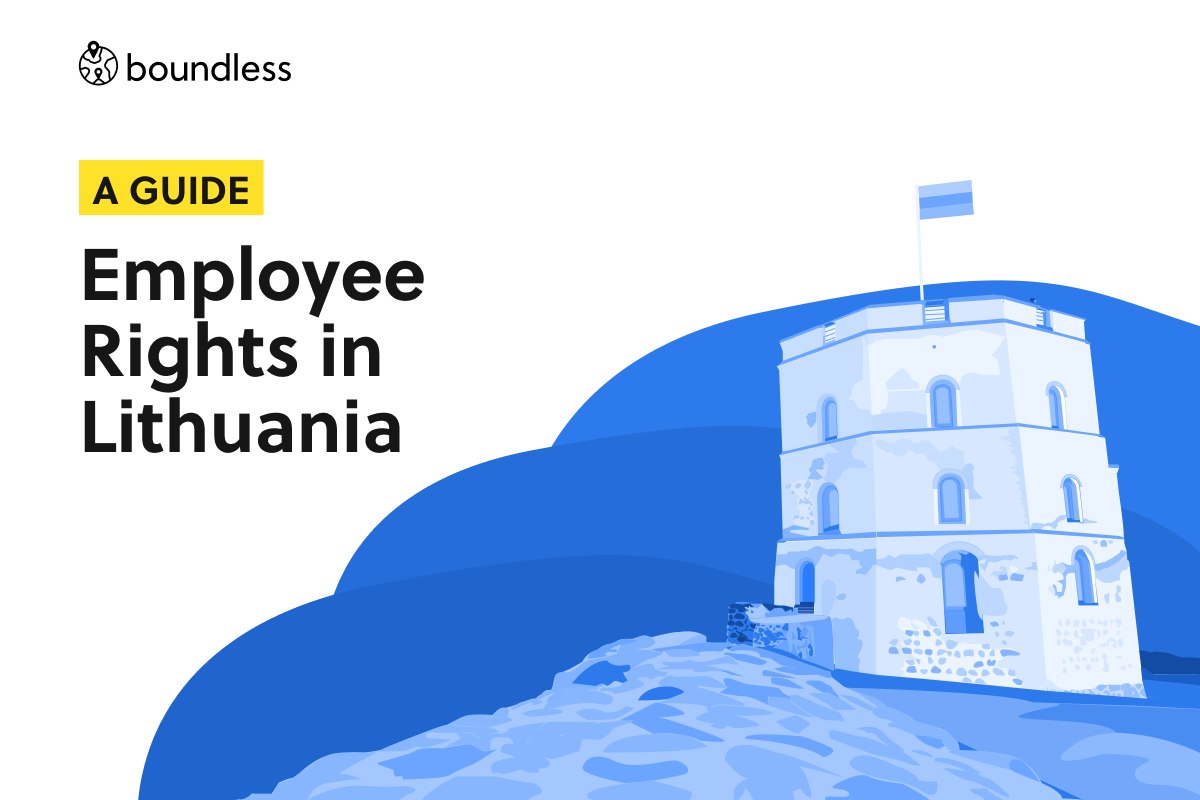
Considering employing someone in Lithuania? Check out our guide to employee rights to understand what you need to comply with as an employer.
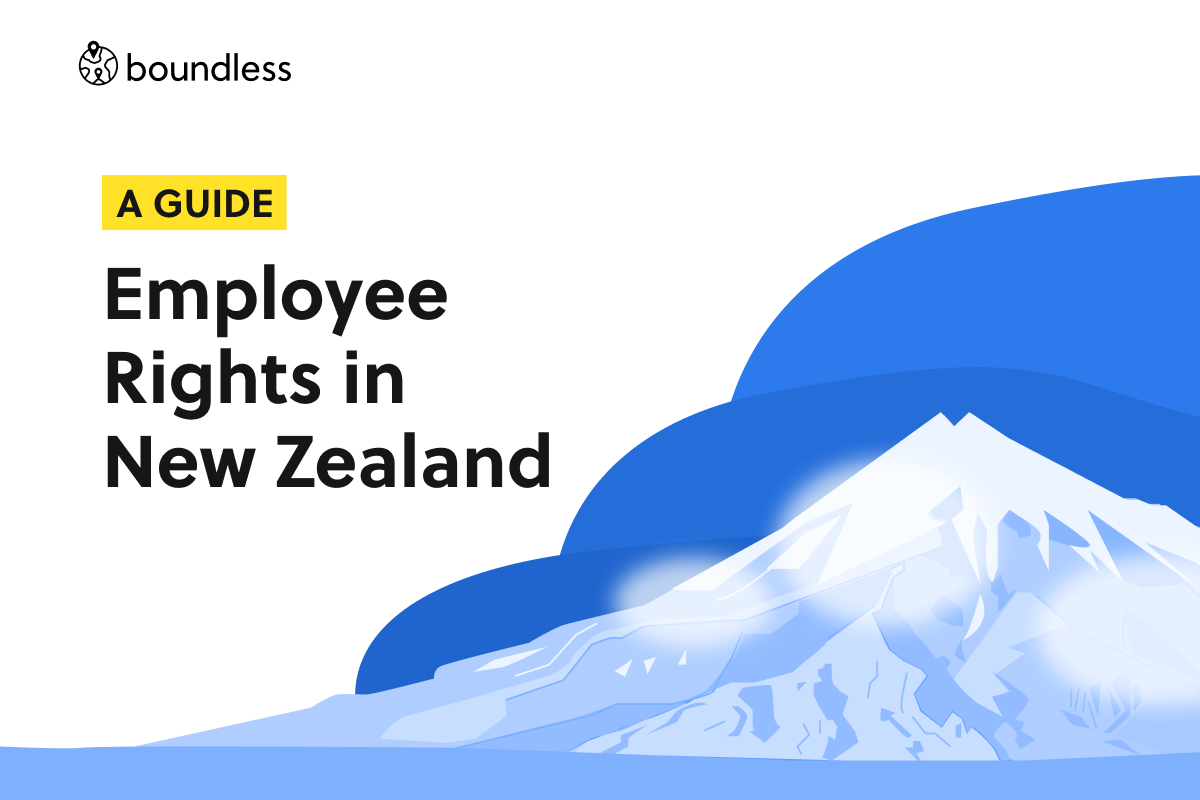
Considering employing someone in New Zealand? Here is a guide to employee rights in New Zealand to help you understand what you need to comply with. A key topic is the set of local employee rights a worker residing in New Zealand is entitled to.
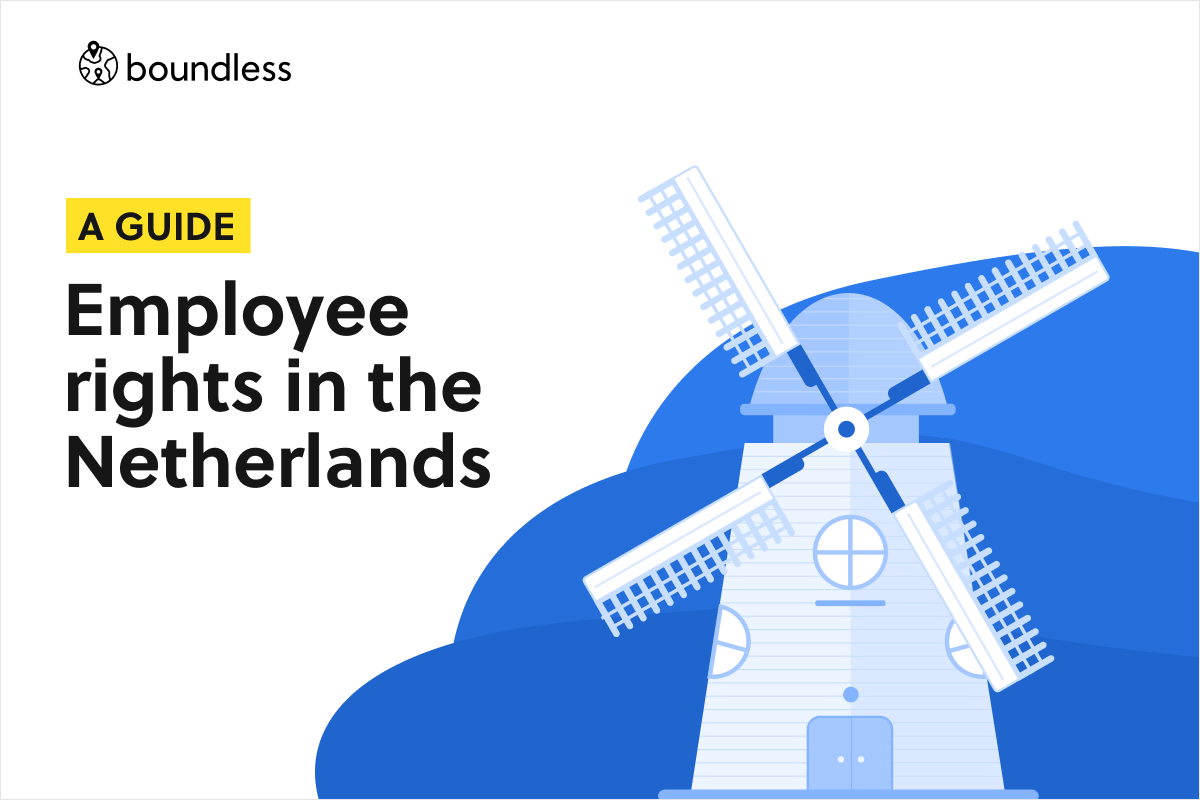
Considering employing someone in The Netherlands? To do that compliantly, an employer has a lot of obligations they have to fulfil. One comprehensive and important topic is the set of local employee rights a remote worker in The Netherlands is entitled to.

For while the pandemic has accelerated the shift towards remote working, not allowing for much time to iron out the details and causing some teething pains along the way, the business world had a big problem with excessive, often unpaid out-of-hours remote working well before Covid. It's time to do something about it.